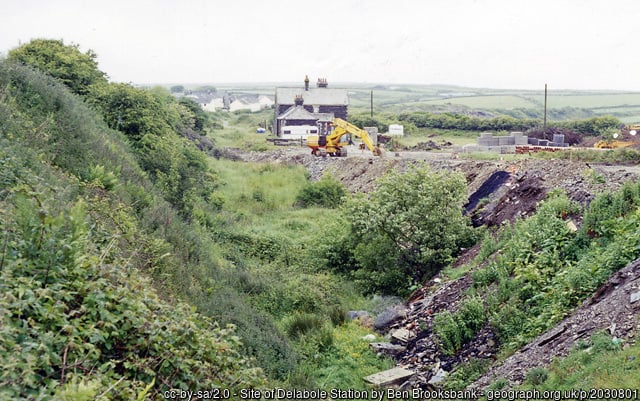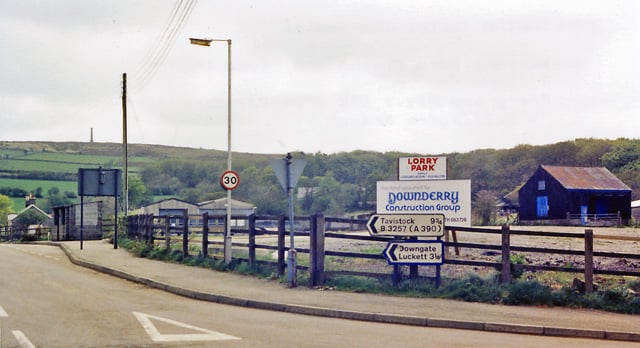Sixty years ago today, a report was published titled ‘The Reshaping of Britain’s Railways’ was produced. It was a series of proposals aimed at stemming the losses incurred by British Railways since nationalisation in 1948.
You probably know it better as the ‘Beeching Cuts’ – and the vast swathes of areas left without a railway line led to outrage from communities. It was of such notoriety that to this day, doing ‘a Beeching’ is a synonym for significant cuts to a community asset.
To this day, the legacy of the report and the actions taken after loom large on those it affected and society at large; for example, the recent efforts to reopen closed railways has been often referred to as ‘reversing Beeching’ (even if the area cut wasn’t as a result of the report) and in 2010, when given the terms of reference to developing a ‘Value for Money’ report about the railways, its author, Sir Roy McNulty was firmly told not to recommend closing lines or stations in his findings.
But how did the report happen? Dr Richard Beeching, the Chairman of British Railways Board, had been tasked by the Transport Secretary of the time, Ernest Marples, and the Prime Minister, Harold Macmillan, to produce a report containing recommendations on how British Rail could move from significant losses to making money. After all, by 1962, despite the pre-report closure or conversion to freight-only of 3,318 miles of railway, the financial situation facing British Railways was incredibly bleak.
It was reported at the time that after the mostly disastrous 1955 Modernisation Plan, which sought to modernise British Railways at a cost of £1,240 million and bring British Railways back to profit by 1962, the opposite was true. The railways wasn’t even able to pay the interest on its loans, with losses reaching £104 million by this year, equivalent to £2.36 billion today. On top of that, it was a time where the train was increasingly a relic of yesterday in a world where road transport was now king. Freight traffic had fallen, and more and more people were able to get to where they wanted to with the advent of affordable car ownership and mass investment in roads.
This was the day the report known as ‘The Reshaping Britain’s of Railways’, better known as the ‘Beeching Report’ or the ‘Beeching Cuts’ was published. It had been expected that a good chunk of Britain’s railways would be rationalised or closed, but the recommendations in the report led to howls of outrage from many communities facing the reality that their railway would be no more.
North Cornwall

North Cornwall was left with no railway lines after the Beeching report recommended the closure of the North Cornwall line in its entirety, in addition to the line linking it with Holsworthy, Halwill Junction and onto Okehampton.
The nearest railway station to North Cornwall is Bodmin Parkway, which despite being named after Bodmin lies approximately three miles out of the town and in the South East Cornwall area.
For people living in and around the Bude area, the nearest railway station is Okehampton station which was recently reopened. Find out more about how Okehampton was saved here.
The stations which closed were:
October 1966: Egloskerry, Tresmeer, Otterham, Camelford, Delabole, Port Isaac Road, St Kew Highway, Halwill Junction, Bude, Holsworthy, Whitstone and Bridgerule, Dunsland Cross, Maddaford Moor Halt, Meldon.
January 1967: Wadebridge (remained open for freight until 1978), Padstow (closed to freight in 1964), Bodmin General (closed to freight in May 1967 and retained as a reversal point for freight from Wenford until 1983), Bodmin North, Grogley Halt, Nanstallon Halt, Boscarne Junction, Dunmere Halt, Bodmin North.
South East Cornwall

Unlike the North Cornwall line, which was obliterated by the Beeching report, railways in South East Cornwall have kept relatively intact thanks to the retention of the Cornwall railway mainline.
Both the Liskeard to Looe and the Gunnislake to Plymouth lines were scheduled for closure and given a reprieve shortly before closure by Barbara Castle, the Transport secretary, with Liskeard to Looe, saved two weeks before closure.
The stations which closed were:
October 1964: Doublebois.
November 1966: Callington, Luckett (previously known as Stoke Climsland), Latchley, Chilsworthy.
For the full story on how the Beeching Cuts impacted North and South East Cornwall, pick up your copy of this week's Cornish and Devon Post or next week's Cornish Times!




